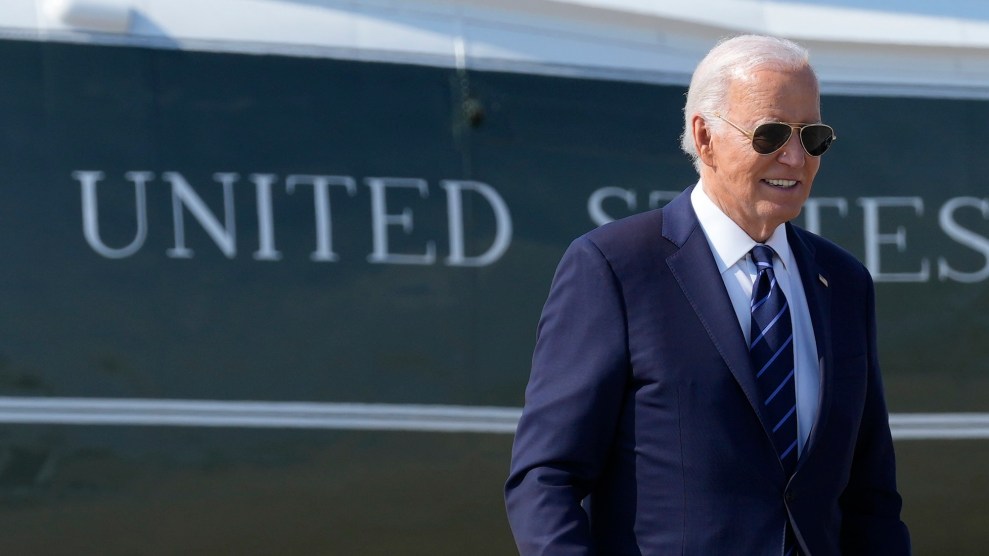
ZUMA/Jonathan Ernst
The New York Times has the receipts on Trump’s inept response to coronavirus:
The shortcomings of Mr. Trump’s performance have played out with remarkable transparency as part of his daily effort to dominate television screens and the national conversation.
But dozens of interviews with current and former officials and a review of emails and other records revealed many previously unreported details and a fuller picture of the roots and extent of his halting response as the deadly virus spread:
The National Security Council office responsible for tracking pandemics received intelligence reports in early January predicting the spread of the virus to the United States, and within weeks was raising options like keeping Americans home from work and shutting down cities the size of Chicago. Mr. Trump would avoid such steps until March.
Despite Mr. Trump’s denial weeks later, he was told at the time about a Jan. 29 memo produced by his trade adviser, Peter Navarro, laying out in striking detail the potential risks of a coronavirus pandemic: as many as half a millions deaths and trillions of dollars in economic losses.
The health and human services secretary, Alex M. Azar II, directly warned Mr. Trump of the possibility of a pandemic during a call on Jan. 30, the second warning he delivered to the president about the virus in two weeks. The president, who was on Air Force One while traveling for appearances in the Midwest, responded that Mr. Azar was being alarmist.
Mr. Azar publicly announced in February that the government was establishing a “surveillance” system in five American cities to measure the spread of the virus and enable experts to project the next hot spots. It was delayed for weeks. The slow start of that plan, on top of the well-documented failures to develop the nation’s testing capacity, left administration officials with almost no insight into how rapidly the virus was spreading. “We were flying the plane with no instruments,” one official said.
By the third week in February, the administration’s top public health experts concluded they should recommend to Mr. Trump a new approach that would include warning the American people of the risks and urging steps like social distancing and staying home from work. But the White House focused instead on messaging and crucial additional weeks went by before their views were reluctantly accepted by the president — time when the virus spread largely unimpeded.
When Mr. Trump finally agreed in mid-March to recommend social distancing across the country, effectively bringing much of the economy to a halt, he seemed shellshocked and deflated to some of his closest associates. One described him as “subdued” and “baffled” by how the crisis had played out. An economy that he had wagered his re-election on was suddenly in shambles.
This story is nuts. You really should read it. If you don’t believe me, it has six bylines by some of its most famous reporters on it. Six.

















